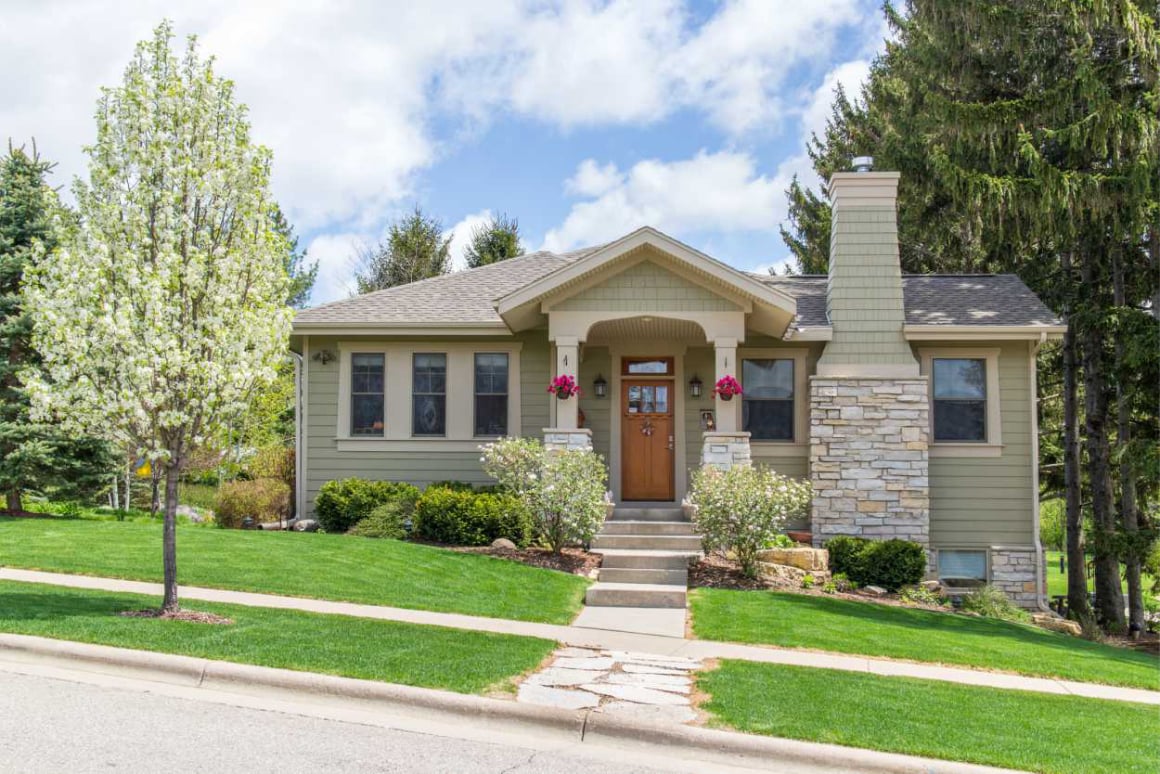Before Your Radon Test
1. All exterior windows on all levels of the building must be kept closed. All exterior doors must be kept closed except for momentary entry and exit.
2. These "closed building conditions" must have been maintained for 12-hours prior to the start of the test as well as throughout the duration of the test.
3. The thermostat must be set to normal occupied operating conditions with the temperature set between65 and 80 degrees.
4. The radon testing device must not be moved, covered, or tampered with.
5. High volume, whole-house and window fans must not be operated. Fireplaces or wood stoves shall not be operated unless they are the primary heat source.
6. Excessive use of clothes dryers, range hoods and bath fans should be avoided.



